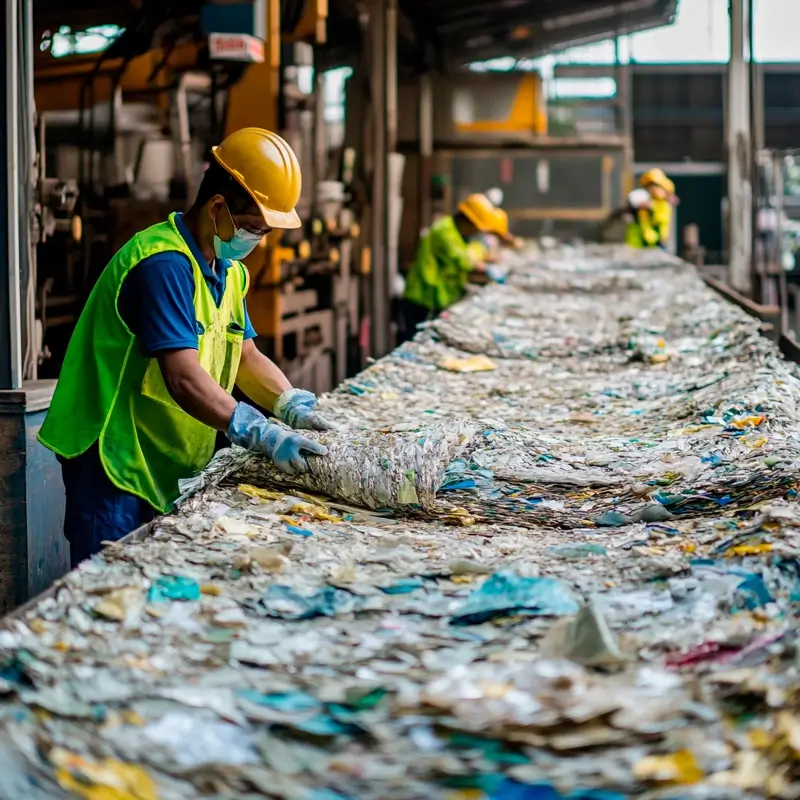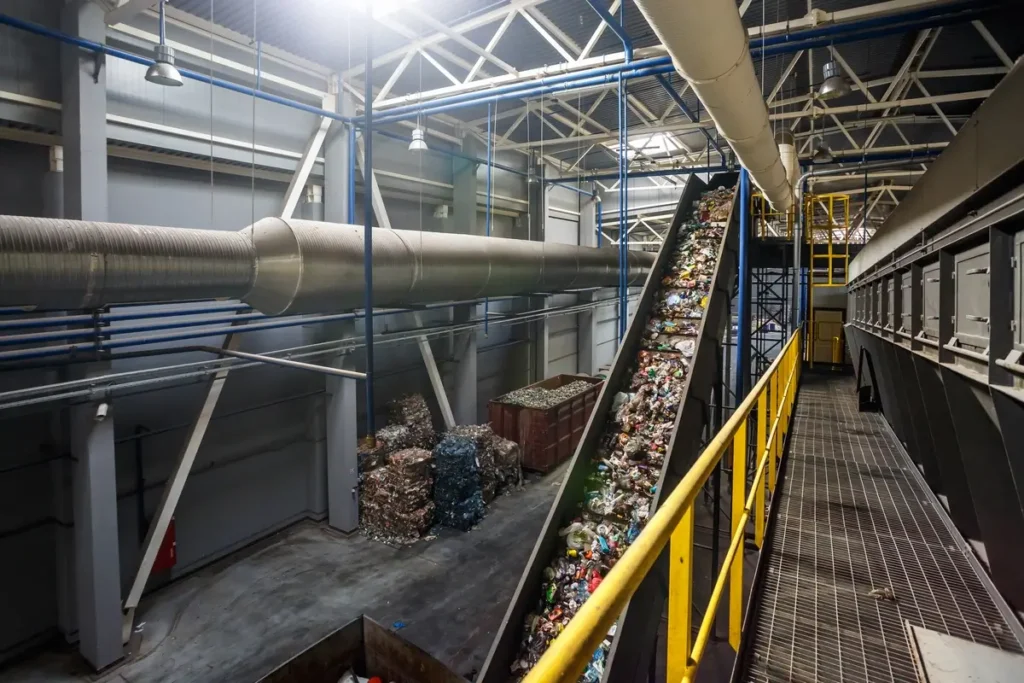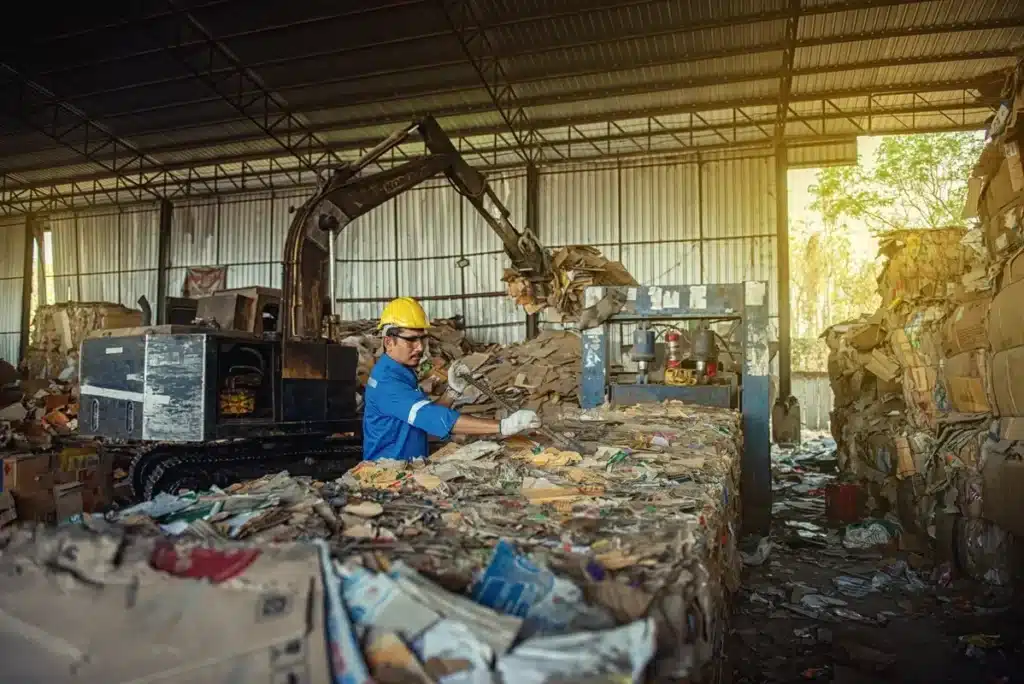Presidential Regulation 109/2025: Indonesia’s New Framework for Waste-to-Energy Project

PR 109/2025 introduces a new, investment-oriented framework for Indonesia’s WtE development, replacing PR 35/2018. The regulation expands project eligibility nationwide, simplifies the energy purchase scheme with a fixed tariff of USD 0.20/kWh, centralizes coordination under BPI Danantara, and accelerates environmental licensing. It also clarifies risk allocation and provides transitional measures for existing projects. Together, these reforms strengthen legal certainty, streamline project delivery, and enhance Indonesia’s attractiveness for sustainable energy and waste management investments.
Presidential Regulation 109/2025: New Provisions for Waste-to-Energy Management
Presidential Regulation Number 109 of 2025 on Urban Waste Management through Processing Waste into Renewable Energy Based on Environmentally Friendly Technology (“PR 109/2025“) represents a significant evolution in Indonesia’s approach to waste-to-energy management, replacing the previous Presidential Regulation Number 35 of 2018 on the Acceleration of the Development of Waste-to-Electricity Plants Based on Environmentally Friendly Technology (“PR 35/2018“). The issuance of PR 109/2025 responds to the growing need for more comprehensive and sustainable waste management solutions in Indonesia’s urban areas.
While building upon the foundation laid by PR 35/2018, Presidential Regulation 109/2025 introduces a broader, more integrated, and investment-oriented framework. This new approach extends beyond the limitations of the previous policy, which primarily focused on waste-to-energy (Pembangkit Listrik Tenaga Sampah, “PLTSa”) pilot projects.
PR 109/2025 reaffirms and strengthens the government’s commitment to building a more efficient, participatory, and renewable energy-oriented waste management system, while creating a more attractive and sustainable investment climate for this sector.
Despite its continuity of purpose, this new regulation introduces significant changes, particularly in institutional structure, business model, and financing mechanisms.

Read More: Energy Transition in the Power Sector: Key Highlights from MEMR Regulation 10/2025
What Has Changed in PR 109/2025?
The government has shifted gears. Compared to PR 35/2018, which focused on building PLTSa in 12 major cities, PR 109/2025 opens the door for all regencies and cities to develop waste-to-energy (“WtE”) projects that meet the established criteria.
Through PR 109/2025, the government has also expanded the scope to include various forms of renewable energy, including bioenergy, renewable fuel oil, and other by-products.1 This means that the “waste-to-electricity” model has now evolved into a “waste-to-energy” model with broader economic potential, opening up space for technological innovation and new business models.
However, the most significant change is not in the technology or scope, but in how the projects are designed and implemented.
- Centralization of Roles and Authority: From Regional Governments to Danantara
Under PR 35/2018, regional governments drove project procurement, from site selection to the appointment of developers. PR 109/2025 changes that by centralizing coordination under the Danantara Investment Management Agency (Badan Pengelola Investasi, “BPI Danantara”). BPI Danantara now has the authority to select and prepare the Waste-to-Energy Processing Implementing Business Entity (Badan Usaha Pengembang dan Pengelola PSEL, “BUPP PSEL”), including making direct investments or through partnerships with state-owned enterprises and the private sector.2 Nonetheless, the implementation of such projects ultimately hinges on the capacity of the districts or cities to fulfill the required criteria. - Simplification of the Energy Financing and Purchase Scheme
Under PR 35/2018, the commercial mechanism for WtE projects required PT PLN (Persero) to purchase electricity from PLTSa developers.3 The purchase price is determined based on installed capacity: USD 13.35 cents/kWh for capacities up to 20 MW, with a decreasing price for capacities above 20 MW.4Through PR 109/2025, the government has simplified and clarified this mechanism by establishing a single tariff of USD 0.20/kWh for all waste-to-renewable energy processing facilities.5 Furthermore, PT PLN is required to sign a power purchase agreement within 10 working days of the implementing entity fulfilling pre-construction permit requirements.6 Additionally, PT PLN is entitled to compensation if purchasing electricity from Environmentally Friendly Technology-Based Waste Processing into Electrical Energy (Pengolah Sampah Berbasis Teknologi Ramah Lingkungan menjadi Energi Listrik, “PSEL”) increases the cost of electricity supply.7
- Eligibility Criteria and Responsibilities of Regional Governments
Although the procurement role has now shifted to the central level, regional governments remain crucial in fulfilling the basic requirements for project implementation. A region govercan implement a PSEL project if it meets the following criteria:8- a minimum supply of 1,000 tons of waste per day;
- budget allocation in the regional budget (Anggaran Pendapatan dan Belanja Daerah “APBD”) for waste collection and transportation;
- land availability for the construction of PSEL facilities; and
- compliance with regional regulations regarding waste management fees.
Land provision criteria are now more strictly regulated, requiring the regional government to provide the land free of charge (on loan) during the construction and operational periods.9
- Legal Certainty and Accelerated Licensing
Under PR 35/2018, environmental licensing requirements were broadly regulated, with no specific issuance timeframe, which often led to administrative delays. PR 109/2025 introduces an accelerated licensing mechanism: environmental approvals must be issued within 2 months after all documents are declared complete in the OSS system. If this timeframe lapses, the approval is deemed automatically granted. This provision establishes a clear procedural timeline and reduces the risk of project delays.10 - Risk Allocation and Investor Protection
Another key improvement lies in clearer provisions on operational risk allocation. PR 109/2025 emphasizes that developers will not be penalized if electricity production is not achieved due to technical constraints beyond their control or due to insufficient waste supply from the local government.11 This “comfort clause” offers greater protection for investors and lenders by ensuring that the risks are not borne solely by the business. - Transitional Provisions: Maintaining the Sustainability of Existing Projects
The government, through PR 109/2025, also provides a realistic transition bridge: projects that have reached an advanced stage under PR 35/2018, for example, where a winning bidder has been determined or a Power Purchase Agreement (Perjanjian Jual Beli Tenaga Listrik, “PJBL”) has been signed, can continue under the previous regime. However, stalled or under-progress projects can transition to the new regulation if they meet the technical and administrative requirements.12Thus, PR 109/2025 not only opens a new chapter in waste management governance but also provides a compromise that respects previous contractual commitments.

Weighing Opportunities and Next Steps
For businesses and investors, PR 109/2025 marks a new chapter in the development of WtE projects in Indonesia. With a simplified business model, uniform tariffs, and clear roles among institutions, this regulation offers greater certainty to attract investment in the energy and waste management sectors.
Nonetheless, several aspects still await further clarification through derivative regulations, including the PT PLN compensation mechanism, the standard take-or-pay format in PJBL, and technical regulations for non-electricity projects such as bioenergy and renewable fuels. Clear guidance on these aspects will be crucial in determining the successful implementation of this policy on the ground.
As a law firm actively engaged in Project Development and Renewable Energy, ADCO Law continues to closely monitor the development of implementing regulations and their implications for stakeholders in the energy and waste management industries.
To learn more about how these regulations may impact your business and investment strategy, please contact our Project Development team at ADCO Law.
***
About ADCO Law:
ADCO Law is a law firm that offers clients a wide range of integrated legal services, including commercial transactions and corporate disputes in a variety of industry sectors. Over the course of more than a decade, we have grown to understand our clients’ industries and businesses as well as the regulatory aspects. In dealing with business dynamics, we provide comprehensive, solid legal advice and solutions to minimize legal and business risks.
From Upstream to Downstream, We Understand Your Industry. In complex transactions and certain cases, we actively engage with financial, tax, and environmental specialists, accountants, and law firms from various jurisdictions to add value to our clients. Our strong relationships with Government agencies, regulators, associations, and industry stakeholders ensure that our firm has a holistic view of legal matters.
ADCO Law is a Proud Member of the Alliott Global Alliance (AGA) in Indonesia. Founded in 1979, AGA is one of the largest and fastest-growing global multidisciplinary alliances, with 215 member firms in 95 countries. As a law firm, we also believe in regeneration. To stay abreast of business changes and stay relevant, our formation of lawyers is comprised of the top graduates from Indonesian and international law schools.

